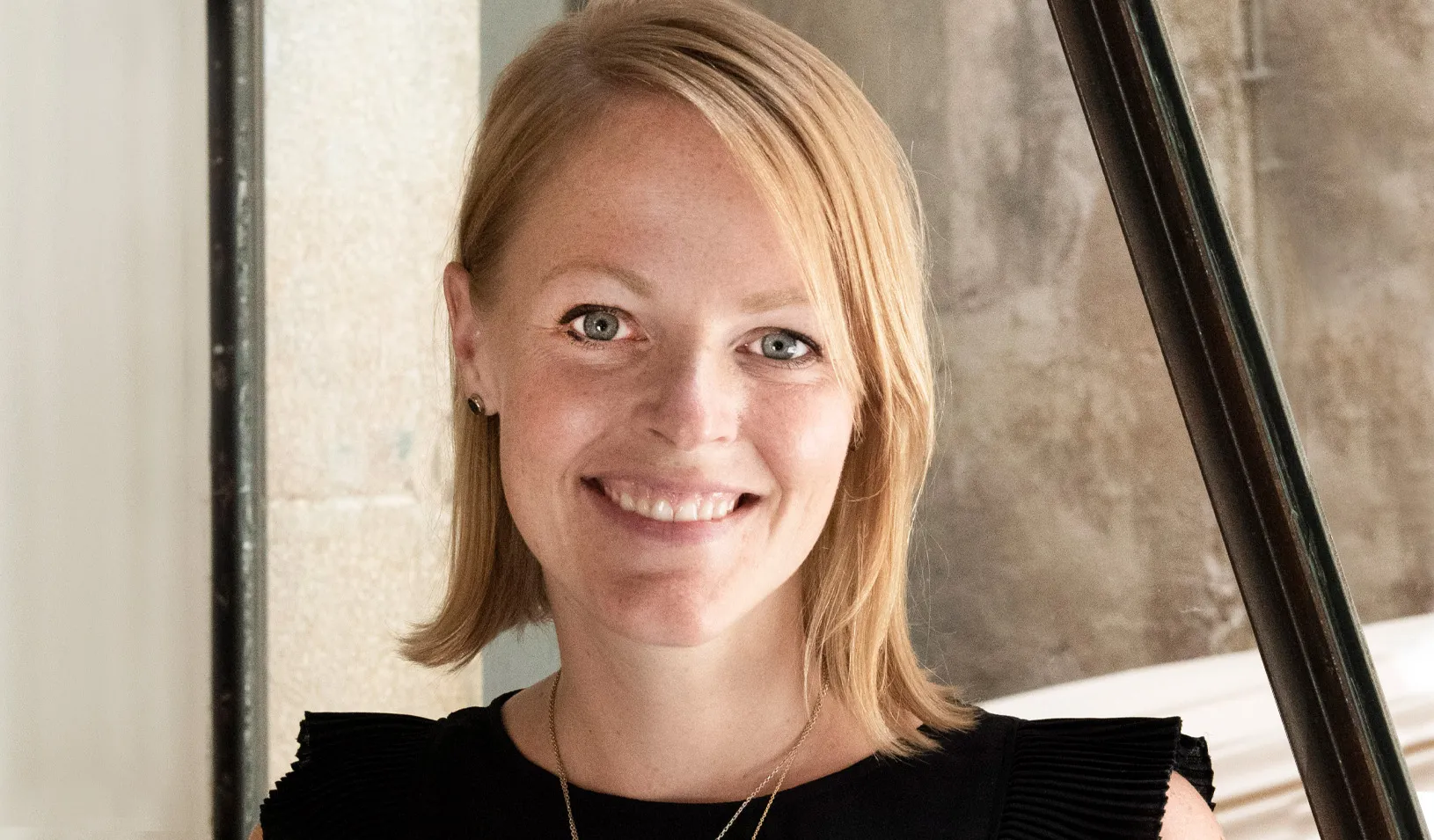Scholes is Business School’s Second Nobel Laureate
The prize was awarded by the Royal Swedish Academy of Sciences for “a new method to determine the value of derivatives.”
October 01, 1997
In 1970, Myron S. Scholes found the formula for success. Nearly three decades later, it earned him the 1997 Nobel Memorial Prize in Economic Science. Along the way, it changed the way investors and others place a value on risk, giving rise to the field of risk management, the increased marketing of derivatives, and widespread changes in the valuation of corporate liabilities.
Scholes, the Frank E. Buck Professor of Finance, Emeritus, at the Business School, shares the Nobel prize with Robert C. Merton of Harvard Business School. The prize was awarded by the Royal Swedish Academy of Sciences for “a new method to determine the value of derivatives” developed by the two, along with the late Fischer Black. Black and Scholes first published the formula as “The Pricing of Options and Corporate Liabilities” in the Journal of Political Economy in May 1973. The formula was further developed by Merton, who showed its broad applicability.
What has become known as the Black-Scholes options pricing model, a benchmark formula for the valuation of stock options, put the fledgling options market on its feet. In options trading, the trader has the right (though not the obligation) to buy a stock in a given amount of time at a preset price. To determine the option’s value, the investor subtracts the expected cost of exercising the option from the expected share value. The Black-Scholes formula defined the variables involved. According to the formula, the option value becomes higher as some variables are higher: 1) today’s share price, 2) the volatility of the share price, 3) the risk-free interest rate, and 4) the probability that the option will be exercised. It also becomes higher when the preset sale price (the “strike price”) is lower.
The theory “is absolutely crucial to the valuation of anything from a company to property rights,” said William F. Sharpe, the Stanco 25 Professor of Finance, who in 1990 became the GSB’s first Nobel laureate for his work on another model to aid investment decisions, the capital asset pricing model. “In my view, financial economics deals with four main phenomena: time, uncertainty, options, and information. Black, Merton, and Scholes provided the theory from which our understanding of options has been built. While obviously applicable to traded financial options, the principles they gave us apply as well to almost all situations in which value is determined at least in part by decisions that can be made in the future. It is hard to imagine modern financial practice without the tools that they gave us.”
“Corporate strategists use the theory to evaluate business decisions; bond analysts use it to value risky debt; regulators use it to value deposit insurance; wildcatters use it to value exploration leases,” said the Economist in 1991 in a series on the “modern classics” of economics. “In fact,” said the magazine, “the model can be used to examine any ‘contract’ whose worth depends on the uncertain future value of an ‘asset’.“
Scholes was Frank E. Buck Professor of Finance at the GSB from 1983 to 1996. He retired last year to serve as principal and limited partner of Long-Term Capital Management, a Greenwich, Conn., investment management firm he cofounded in 1994. In 1992, while still on the GSB faculty, he was named a managing director of Salomon Brothers and then cohead of its fixed-income derivatives sales and trading department. He left Salomon in 1993.
Aside from his seminal work in options pricing and the pricing of corporate liabilities, Scholes is also known for his work on the effects of global tax policies on decision making. In 1992, Scholes coauthored the book Taxes and Business Strategy with accounting and finance professor Mark Wolfson.
On learning of Scholes’ award, Wolfson said: “The pioneering efforts of Black, Merton, and Scholes in the field of option pricing have had an explosive impact on both the theory and practice of financial markets, rivaling in significance all preceding contributions to financial theory. Each of the three produced brilliant work during their careers well beyond the boundaries of option pricing. A consistent feature of all their work, whether in asset pricing, financial policy, or taxation, is depth of insight with the objective of creating order out of the apparent chaos of capital market behavior.”
Both Wolfson and Sharpe were on hand to congratulate their colleague, who came to Stanford from an engagement in nearby Pebble Beach when he heard the news. Asked how Scholes might expect his life to change now that he has received a Nobel prize, Sharpe ticked off a long list of changes in his own life. Sharpe gets several requests for autographs weekly (the majority from Germany) and numerous invitations to speak, he said, as well as crank letters and inquiries from people asking him for his expertise on topics he knows nothing about. For Scholes, who was just beginning a nonstop series of print, radio, and television interviews, the changes had already begun.
For media inquiries, visit the Newsroom.
Explore More
Erin Nixon Joins Stanford GSB as Assistant Dean of Admissions

Nia Rose Froome, MBA ’23: Making Local, Fresh Food Available for All

New Research Fund Promotes Responsible Leadership for the Next Century
